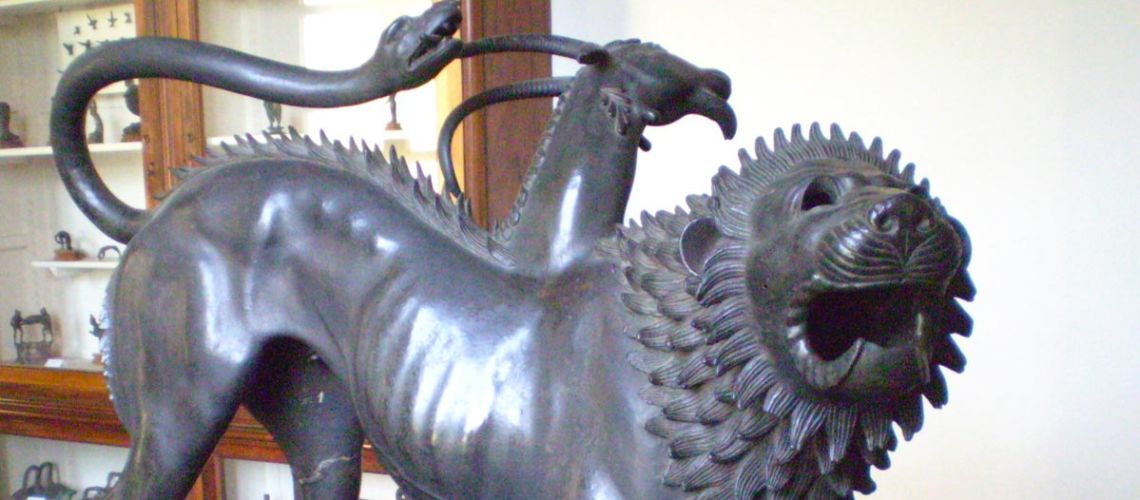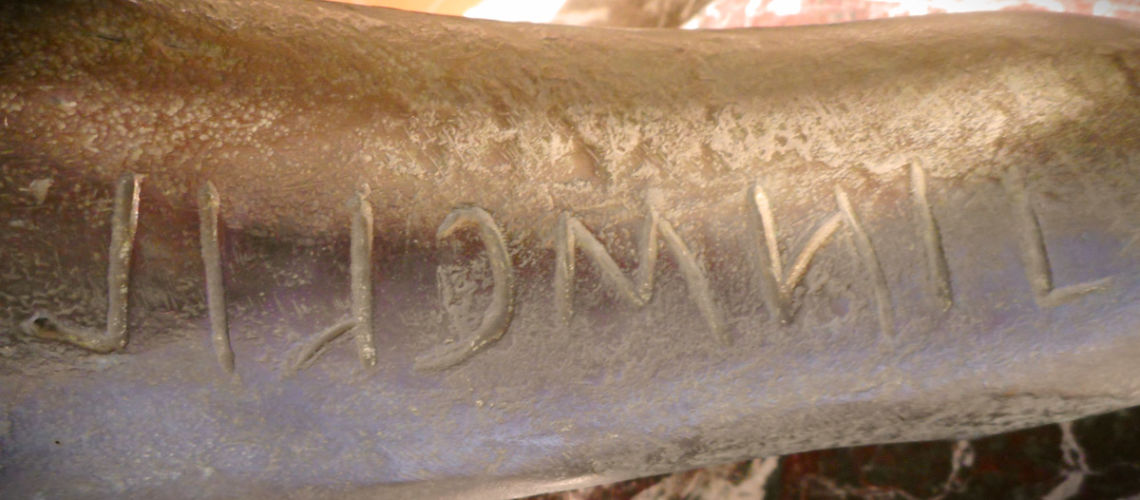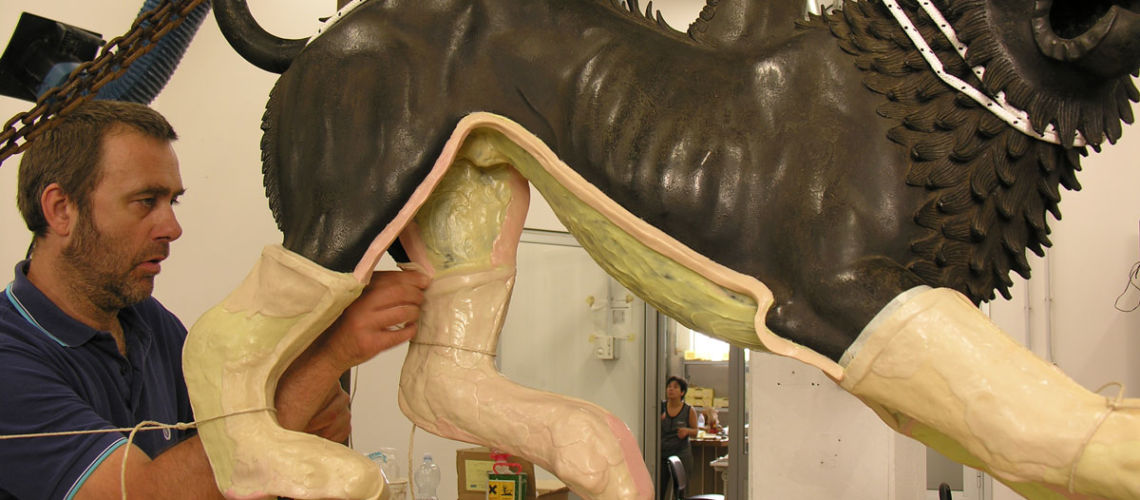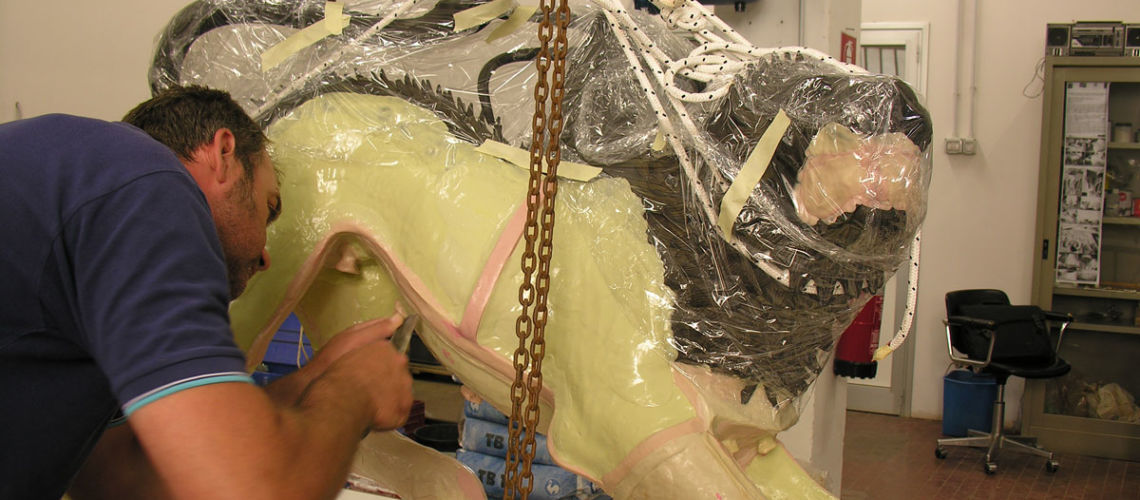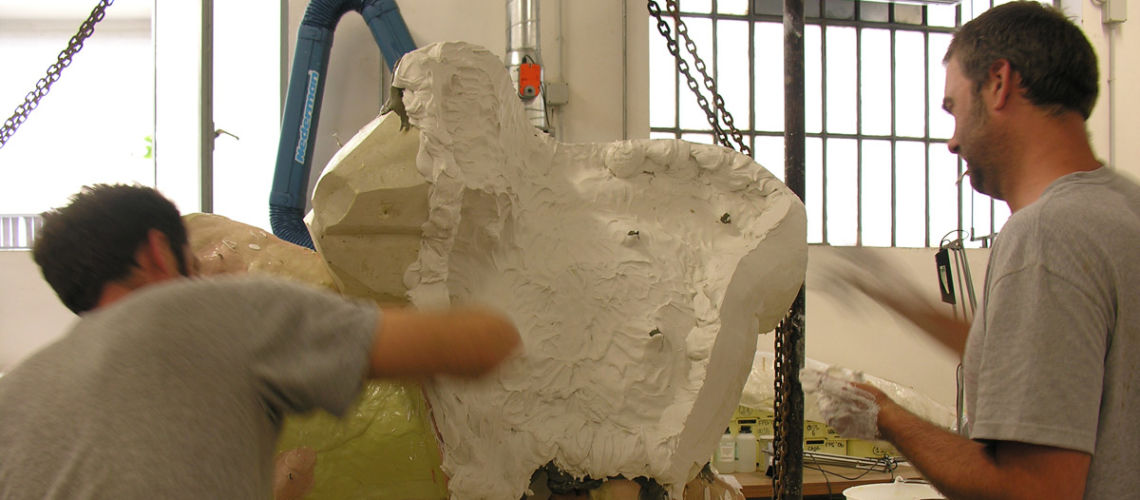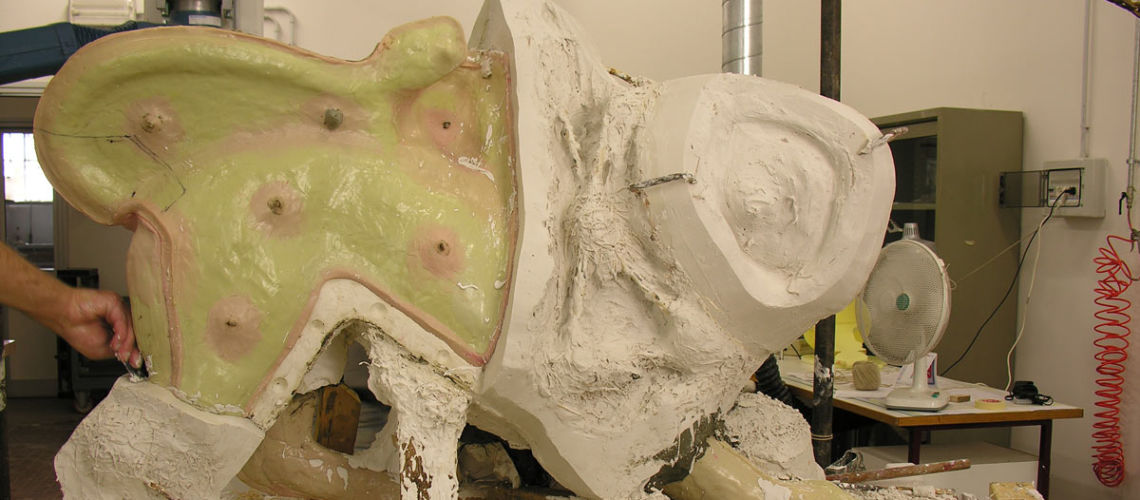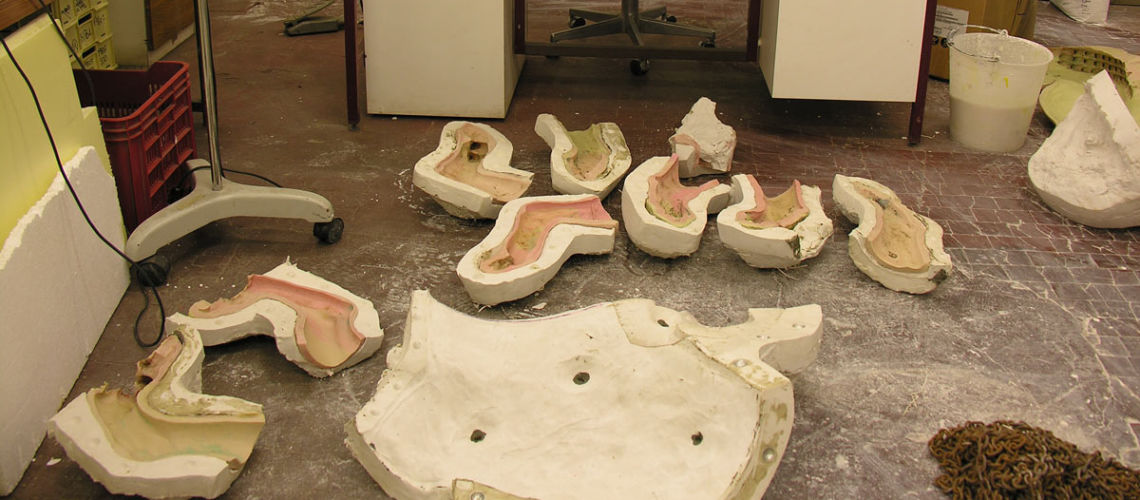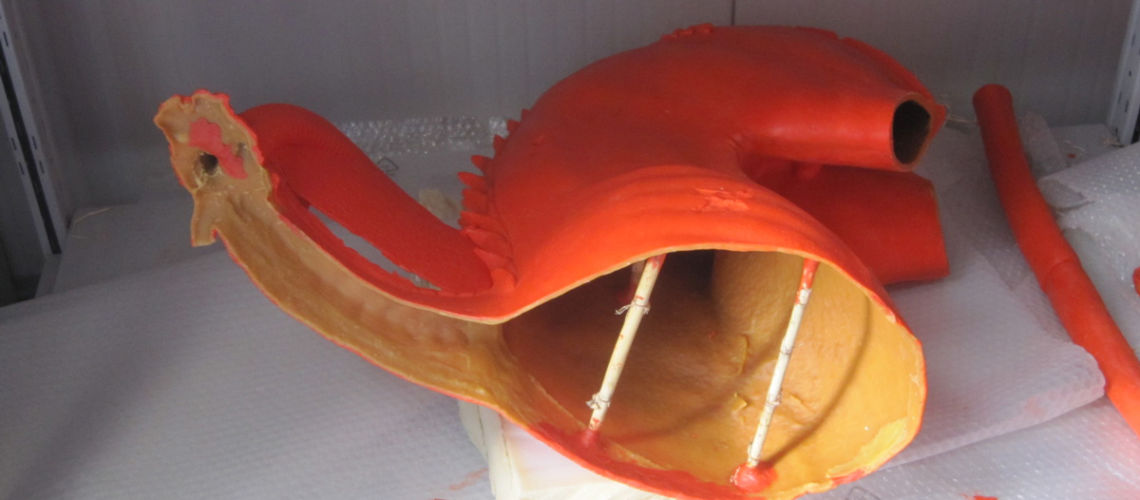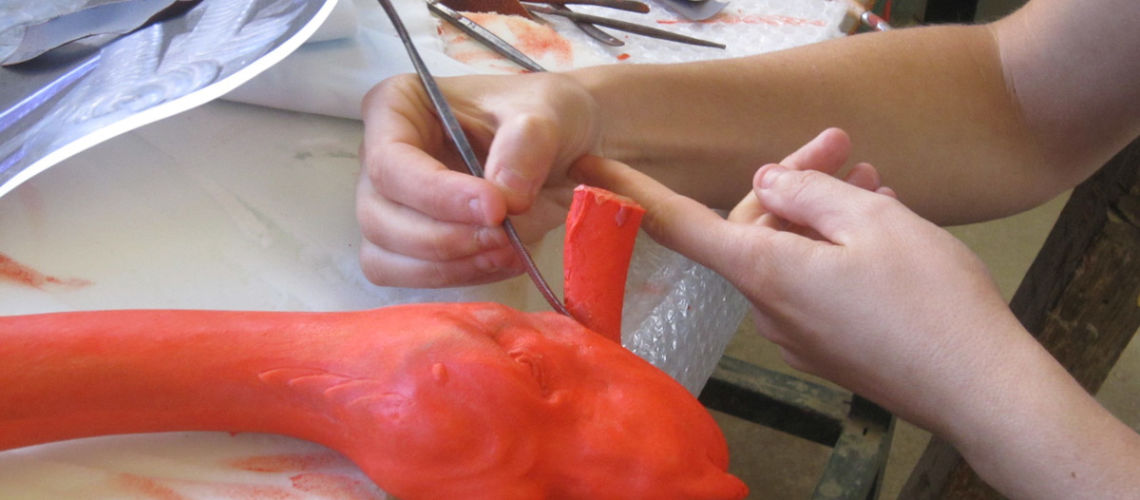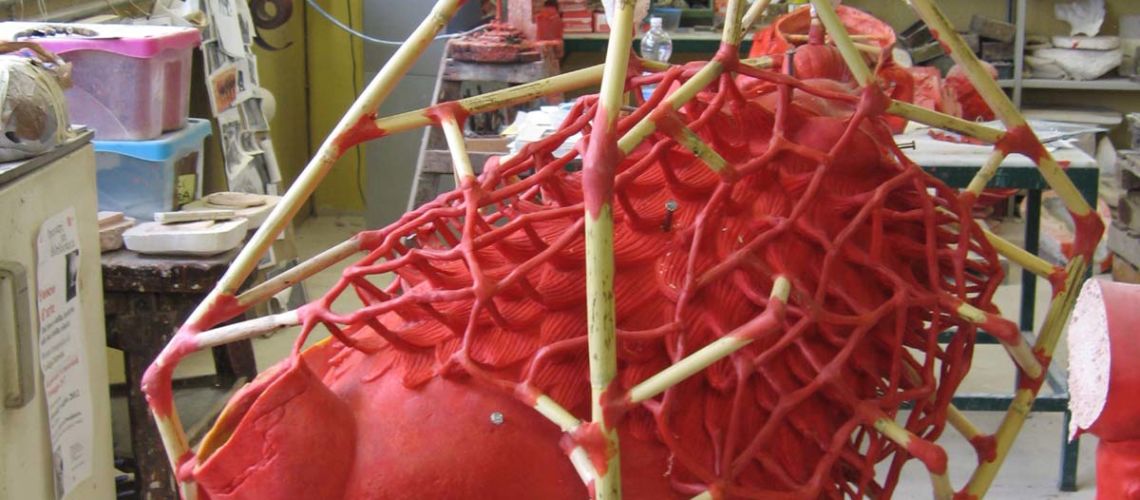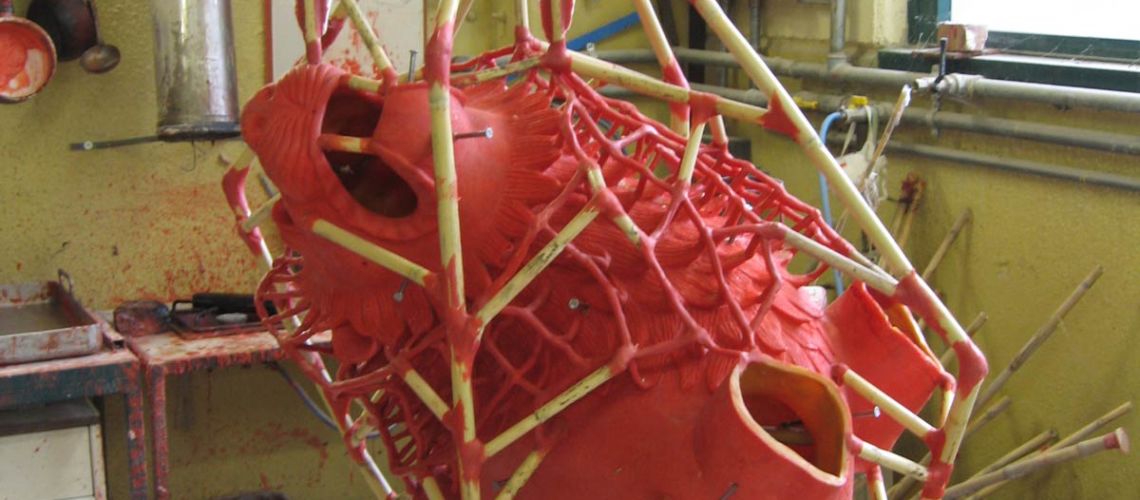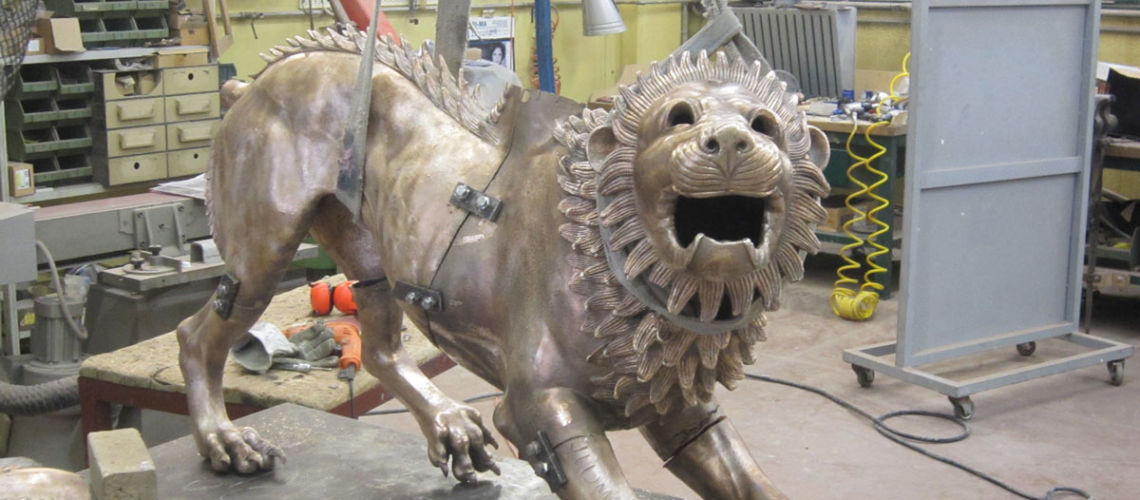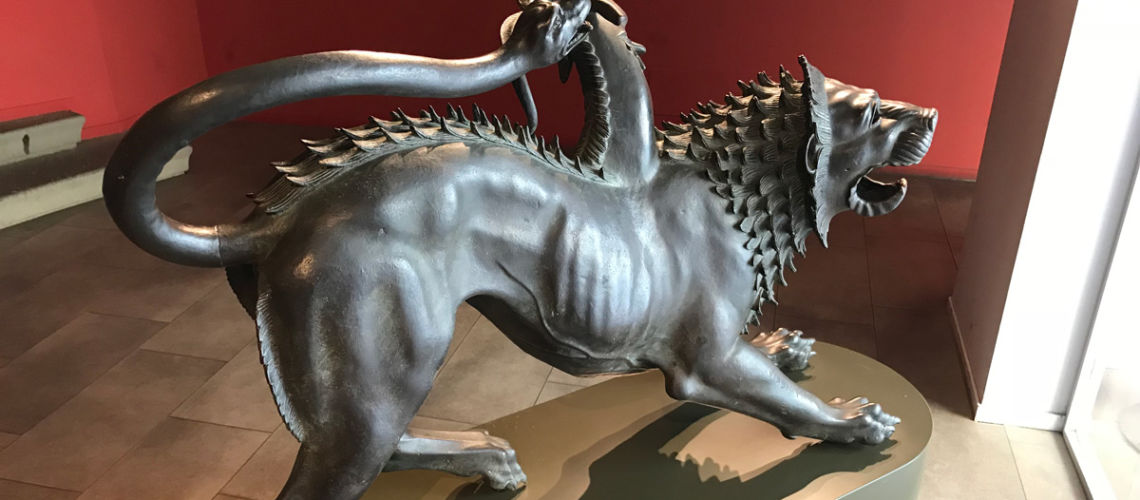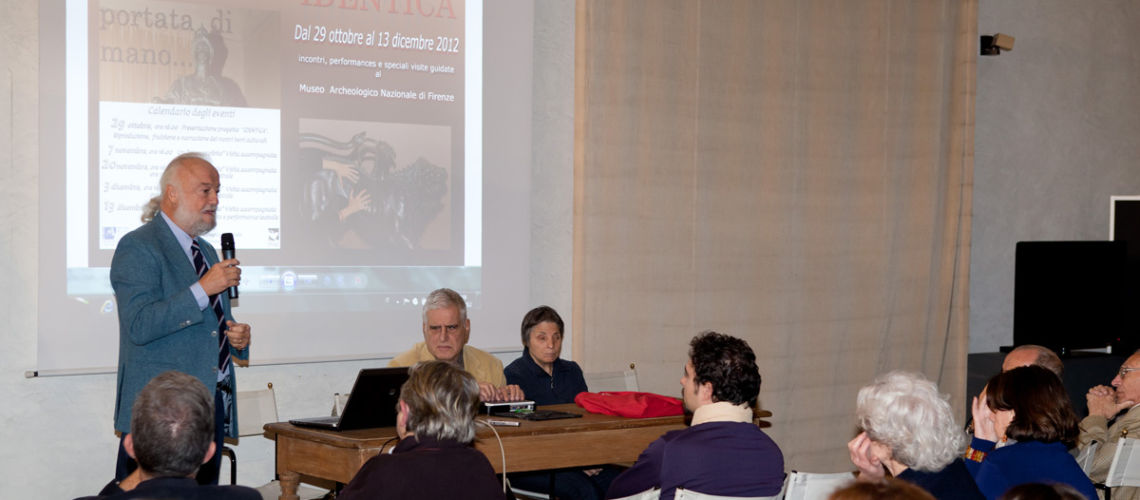The Etruscan Chimera
In 1553 in Arezzo, during the excavations for the foundations of the Medici fortress, a bronze was found of a strange animal with a lion’s head, a panther’s body and a goat’s head “stuck” on its back, as Vasari wrote. It was immediately recognized as the mythological Chimera, and was brought to Palazzo Vecchio in Florence at the behest of Cosimo I de’ Medici, who added it to its collection of antiquities, later transferred to Palazzo Pitti. Continuing the work of the Medici fortress of Arezzo was also found the tail, ending with the head of a snake, and that only in the ‘600, with a coarse restoration, was applied to the body, but in a wrong position. Later, in the eighteenth century it was taken to the Uffizi Gallery, and finally to the palace that became at the end of the 19th century the Archaeological Museum of Florence where it was inventoried under n. 1.
It is an Etruscan bronze cast at the fourth century BC, on the right leg appears an Etruscan inscription dedicated to the god Tinia.
The "Identicals"
Several times this magnificent bronze was required for exhibitions of many museums of various parts of the world. And a serious problem has arisen: if in the transport by ship or by plane the original is lost what will happen? Losing such a masterpiece would be a tragedy and a crime. So the Archaeological Superintendence has created the project of the “identical”, the creation of absolutely identical replicas of these bronzes, to be sent to the various exhibitions and to keep the original in the Museum.
The mould on the original
The Archaeological Museum of Florence then contacted the Fonderia Artistica Ferdinando Marinelli through the Galleria Bazzanti, to start talking about the possibility of making a negative cast not only on the Etruscan Chimera, but also on two other Etruscan bronzes in the Museum: the Minerva Etrusca, and the Idolino, to then cast the identical ones. Having ascertained the foundry’s capacity and working quality, they gave the job. Our technicians have reached the laboratories of the Archaeological Superintendency and have begun to perform, with extreme care, the negative mold of the Chimera in silicon rubber and plaster shell
From the mold, transported with care in the foundry, they obtained and retouched the waxes to which they applied the “colate”, carried out and worked the casting, assembled and welded the parts
The “identical” of the Chimera was exhibited at the Archaeological Museum, and then was sent to the exhibition “Etruscan Seduction. From the secrets of Holkham Hall to the wonders of the British Museum”.
The Chimera's Friends
Ferdinando Marinelli, owner of the Artistic Foundry, was then invited to the Archaeological Museum of Florence to give a short lecture on “Identical” to the insiders.
On that occasion, the group “The Friends of the Chimera” was born, located in the Archaeological Museum of Florence.

